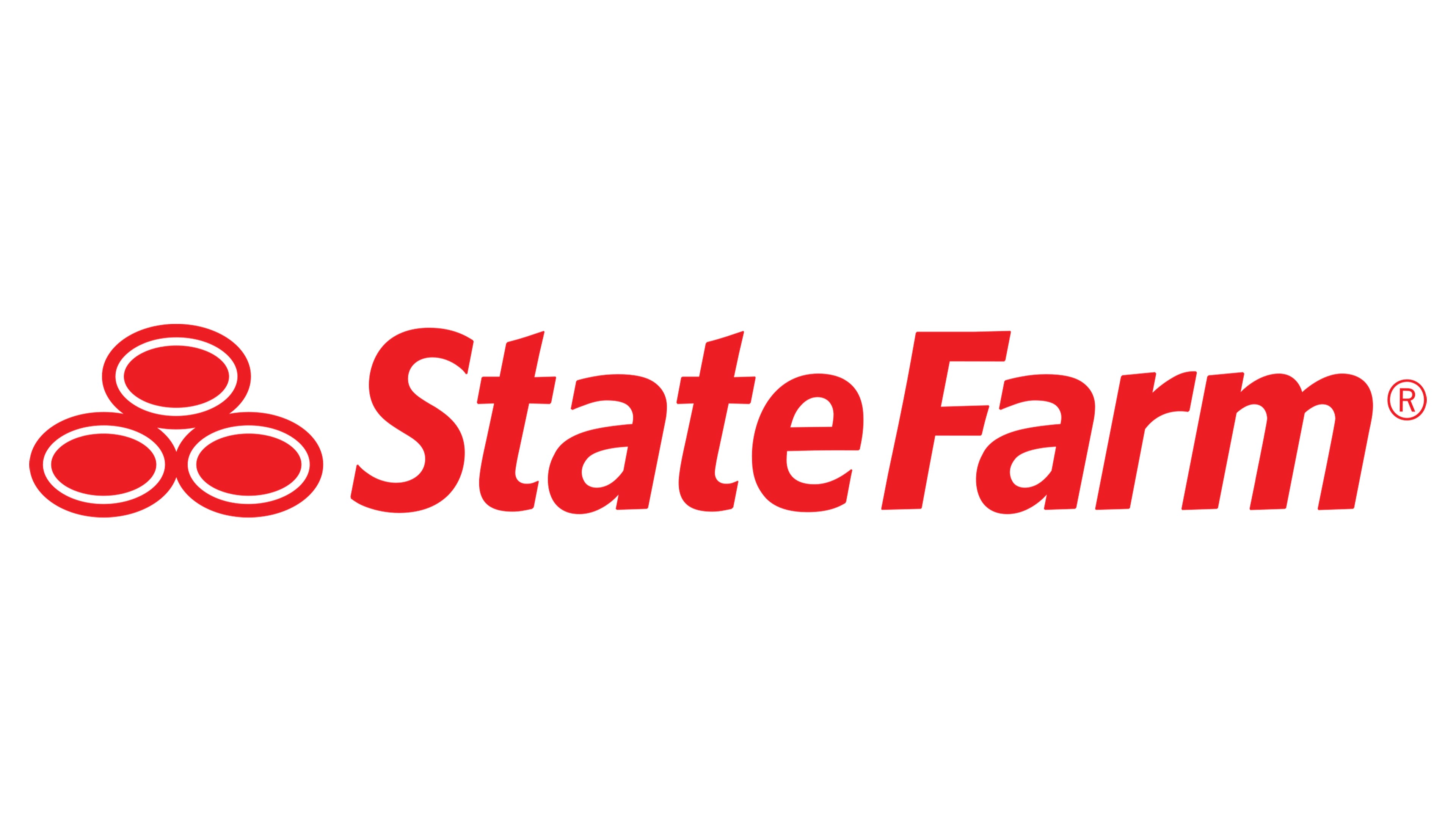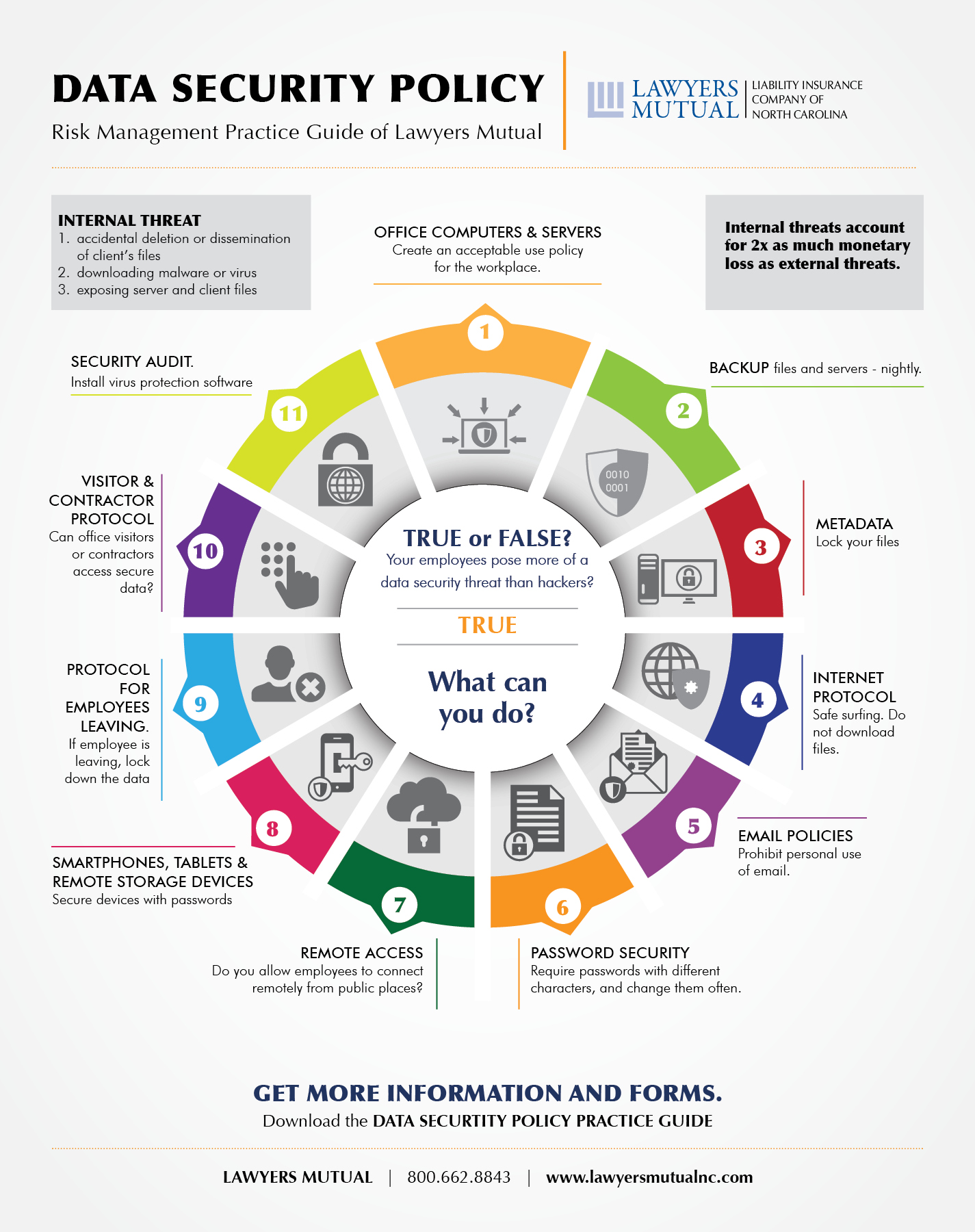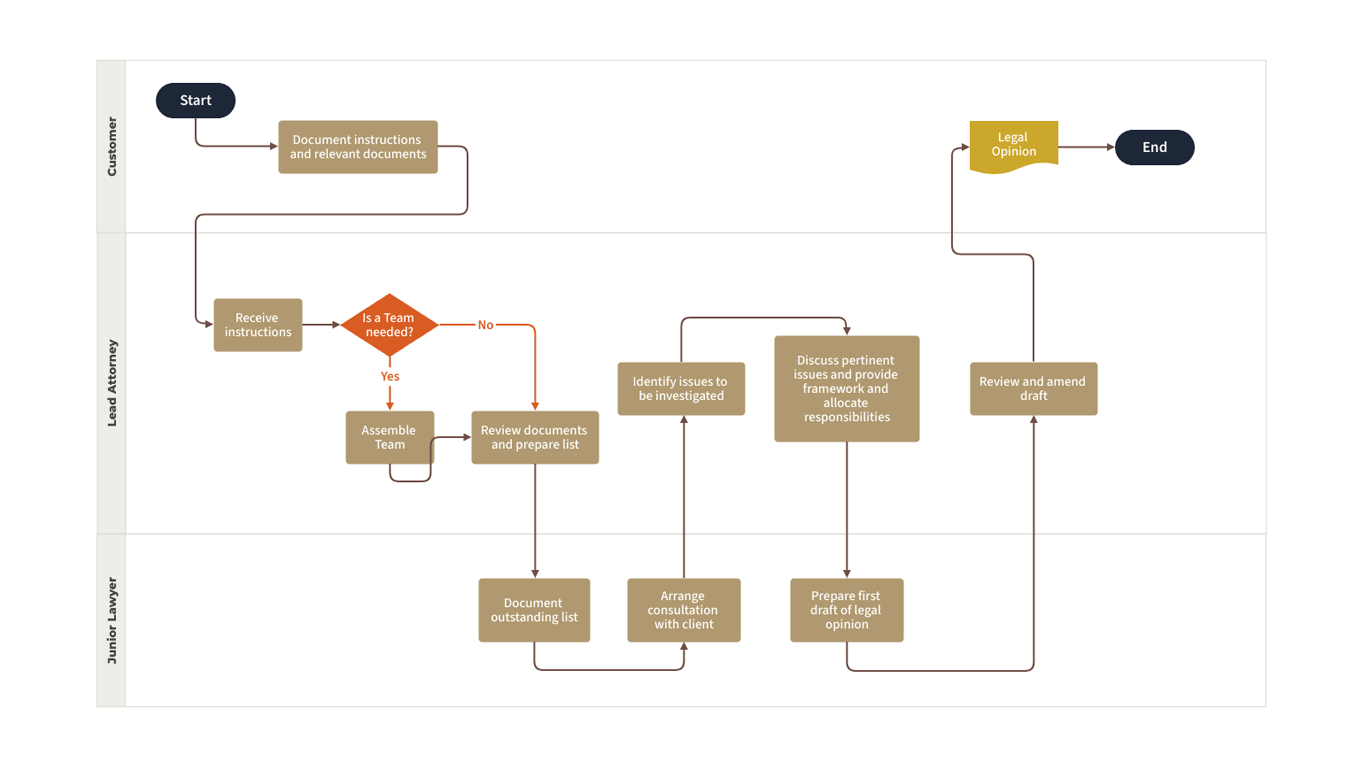Table of Contents
- The Unconventional Origins
- The Butterfly Effect of Corporate Decisions
- The Digital Trail: Evidence in the Information Age
- The Settlement Ecosystem
- The Aftermath: Lessons and Legacy
- Navigating the Claims Process
- The Global Ripple Effect
- The Evolution of Legal Advocacy
The Unconventional Origins
The State Farm class action lawsuit didn’t just appear out of thin air. It was the result of a perfect storm of corporate practices, customer experiences, and legal maneuvering that brewed over time. To really grasp why this case matters so much, we need to dig into its roots.
At the heart of the lawsuit were allegations that State Farm was using non-OEM (Original Equipment Manufacturer) parts for vehicle repairs without properly telling their policyholders. Now, you might be thinking, “What’s the big deal about a few car parts?” Well, it turns out it was a very big deal indeed.
The issue started bubbling up in multiple states, with customers filing complaints left and right. Eventually, these individual gripes snowballed into a nationwide class action suit. It’s like when you start noticing a weird noise in your car – at first, it’s just a minor annoyance, but before you know it, you’re facing a major repair job.
Here’s where things get really interesting. According to a recent settlement, State Farm agreed to pay a whopping $2.09 million to resolve claims of underpaying Washington policyholders. They were accused of excluding “diminished value” payments for certain vehicle repairs between March 23, 2012, and February 13, 2024. That’s over a decade of potential underpayments we’re talking about here [AutoBody News].
But wait, there’s more. This settlement in Washington is just the tip of the iceberg. A new class action lawsuit is brewing against State Farm over alleged unfair denial of water damage claims. It seems the scrutiny of insurance practices is far from over [Insurance Business Magazine].

Source: 1000logos.net
The Ripple of Internal Policies
Now, let’s peek behind the curtain at State Farm’s internal workings. The policies that led to this massive legal headache weren’t created in a vacuum. They were part of a larger corporate strategy that, while perhaps well-intentioned, ended up backfiring spectacularly.
State Farm had implemented cost-saving measures that included a systematic approach to using aftermarket parts in repairs. Their claims adjustment software was programmed to automatically select cheaper, non-OEM parts. It’s like setting your GPS to always choose the shortest route – sometimes you end up on a dirt road when you really needed the highway.
Internal training materials and directives emphasized cost reduction over OEM part quality. This became key evidence in the lawsuit. Imagine being a State Farm adjuster, caught between company policy and what you know is best for the customer. It’s a tough spot to be in.
Let me give you a real-world example of how this played out. John Doe, a policyholder, filed a claim for his 2018 Toyota Camry after a minor collision. State Farm’s automated system recommended using a non-OEM fender, which was $200 cheaper than the OEM part. John had no idea about this substitution until he noticed a slight color mismatch after the repair. It’s these kinds of details that really bring home the impact of these policies on everyday people.
Anonymous Tipsters
Here’s where the plot thickens. Whistleblowers played a crucial role in bringing State Farm’s practices to light. These brave individuals, often working anonymously, provided insider information that proved invaluable to the plaintiffs’ case.
These whistleblowers didn’t just spill the beans – they provided internal documents detailing State Farm’s parts selection process. Their anonymous tips led investigators to specific instances of policyholder misinformation. This information was gold dust for the legal team, helping them establish a pattern of behavior that was crucial for class certification.
It’s worth noting that these actions underscore the importance of internal accountability in corporate settings. Without these whistleblowers, who knows how long these practices might have continued unchecked?

Source: blowthewhistle.com
Internal Dissent
But it wasn’t just anonymous tipsters causing a stir. Some State Farm employees, recognizing the potential issues with the company’s practices, voiced their concerns internally. These acts of internal dissent, while not always heeded, became important elements in building the case against State Farm.
Internal memos and emails from concerned employees were used as evidence in the lawsuit. Some State Farm adjusters reported feeling pressured to approve non-OEM parts against their better judgment. It’s like being asked to serve a meal you know isn’t up to par – it doesn’t sit right.
Employee testimonies provided insight into the company’s decision-making processes and priorities. These brave individuals put their careers on the line to do what they felt was right. Their actions remind us of the power of individual conscience in corporate settings.
Competitive Responses
The State Farm class action lawsuit didn’t just affect one company; it sent shockwaves through the entire insurance industry. Competitors watched closely, adjusting their own practices to avoid similar legal challenges.
Other insurance companies began reviewing and revising their parts selection policies. Industry-wide discussions on transparency in repair processes increased following the lawsuit. Some competitors even used the lawsuit as an opportunity to differentiate themselves by emphasizing OEM part usage.
Here’s a quick look at how some major players responded:
| Company | Response to State Farm Lawsuit |
|---|---|
| Allstate | Revised parts selection policy |
| GEICO | Enhanced transparency in repair estimates |
| Progressive | Launched OEM parts guarantee program |
| Liberty Mutual | Increased customer communication on parts used |
This ripple effect demonstrates how one significant legal action can reshape an entire industry’s approach to customer service and transparency. It’s a reminder that in today’s interconnected business world, no company operates in isolation.
The Butterfly Effect of Corporate Decisions
You know how they say a butterfly flapping its wings can cause a hurricane on the other side of the world? Well, in the corporate world, seemingly minor policy adjustments can snowball into massive legal battles. That’s exactly what happened with State Farm.
What started as a cost-cutting measure – prioritizing cheaper parts in claims processing – turned into a full-blown legal nightmare. State Farm’s decision to systematically favor less expensive components might have looked good on the quarterly reports, but it opened up a Pandora’s box of customer dissatisfaction and legal challenges.
The company’s communication strategy regarding parts selection was found to be inadequate. It’s like they were playing a game of telephone with their customers, where the message got more garbled with each retelling. This lack of clear communication contributed significantly to policyholder dissatisfaction and ultimately fueled the lawsuit.

Source: thedecisionlab.com
The Role of Whistleblowers
Now, let’s talk about the unsung heroes of this story – the whistleblowers. These individuals, often risking their careers, provided crucial information that formed the backbone of the legal case against State Farm.
Whistleblowers provided internal documents and testimony that corroborated policyholder complaints. Their information helped establish a pattern of behavior necessary for class certification. It’s like they handed over the keys to a locked room full of evidence.
The importance of whistleblower protections can’t be overstated here. These legal safeguards played a crucial role in encouraging individuals to come forward with information. Without these protections, we might never have known the full extent of State Farm’s practices.
This video provides an overview of the importance of whistleblowers in corporate accountability, adding context to their role in the State Farm case.
Their actions highlight the importance of ethical considerations in corporate settings and the power of individual action in the face of systemic issues. It’s a reminder that sometimes, it takes just one person to stand up and say, “This isn’t right,” to set big changes in motion.
The Digital Trail: Evidence in the Information Age
In today’s digital age, evidence doesn’t just come from dusty file cabinets and witness testimonies. The State Farm class action lawsuit broke new ground in how digital evidence, particularly from social media, was collected and used.
Social media posts and online reviews were used to establish patterns of customer dissatisfaction. It’s like each tweet or Facebook post became a piece of a giant puzzle, revealing the bigger picture of State Farm’s practices.
Digital forensics played a key role in uncovering internal communications relevant to the case. Emails, instant messages, and even metadata became crucial pieces of evidence. It’s a stark reminder that in our digital world, everything leaves a trace.
The lawsuit alleged that State Farm’s practices affected over 1.5 million policyholders, with potential underpayments ranging from 4-11% of claim values [Repairer Driven News]. That’s a staggering number of people potentially shortchanged by these practices.
Social Media’s Unexpected Role
Social media platforms became an unexpected battleground in the State Farm class action lawsuit. Customer complaints, company responses, and public discussions all played out in real-time on these platforms, providing a wealth of information for both sides of the case.
Social media analytics tools were used to track sentiment around State Farm’s practices. It’s like having a finger on the pulse of public opinion, 24/7. Geo-tagged posts helped identify clusters of dissatisfied customers, aiding in class formation. State Farm’s social media responses became part of the evidence, showcasing the company’s public stance.
This digital discourse reshaped how evidence is gathered and presented in modern legal proceedings. It’s a brave new world where a single viral post can potentially influence a multi-million dollar lawsuit.

Source: smiaware.com
Viral Complaints
The power of social media to amplify individual voices became evident as customer complaints about State Farm went viral. Hashtags turned isolated incidents into trending topics, bringing widespread attention to issues with the company’s practices.
Specific hashtags related to State Farm’s practices were tracked and analyzed for the case. The virality of certain posts led to media coverage, further pressuring State Farm. Social media engagement metrics were used to gauge the scale of customer dissatisfaction.
Here’s a real-world example: A Twitter user’s complaint about State Farm denying a claim for water damage due to ambiguous policy wording went viral, garnering thousands of retweets and prompting others to share similar experiences. This social media momentum contributed to the formation of a potential class action, as reported by CBS 8.
This viral spread of information played a significant role in building public awareness and support for the lawsuit. It’s a testament to the power of social media in shaping public opinion and even legal outcomes.
AI-Assisted Evidence Gathering
The sheer volume of digital data relevant to the State Farm case necessitated the use of advanced technologies. Artificial intelligence and machine learning algorithms were employed to sift through vast amounts of information, identifying patterns and key pieces of evidence that might have been missed by human reviewers alone.
Natural Language Processing (NLP) algorithms were used to analyze customer complaints across various platforms. It’s like having a super-smart assistant that can read and understand millions of comments in the blink of an eye.
Machine learning models helped categorize and prioritize digital evidence based on relevance. AI-powered sentiment analysis tools provided insights into public perception of State Farm’s practices over time. These technologies allowed legal teams to process and analyze data at a scale and speed that would be impossible for humans alone.
The Ethics of Digital Evidence
The use of digital evidence, particularly from social media, raises important ethical questions. While this information can be crucial in building a case, it also touches on issues of privacy and consent.
Legal teams grappled with the admissibility of social media posts as evidence. Privacy laws and platform terms of service had to be carefully navigated when collecting digital evidence. The case sparked debates about the extent to which public social media posts can be used in legal proceedings.
The State Farm lawsuit pushed the boundaries of what’s considered acceptable in terms of digital evidence gathering, setting precedents for future cases. It’s a complex issue that balances the need for justice with individual privacy rights.

Source: researchgate.net
The Settlement Ecosystem
When we talk about the settlement in the State Farm class action lawsuit, we’re not just talking about cutting checks. We’re looking at a complex network of entities and processes, each playing a crucial role in ensuring fair compensation and implementing agreed-upon changes.
The settlement involved multiple stakeholders, including claims administrators, legal teams, and regulatory bodies. It’s like orchestrating a massive concert where every instrument needs to be in perfect harmony.
A detailed claims process was established to ensure fair distribution of the settlement funds. This wasn’t just about handing out money – it was about creating a system that could handle the complexities of compensating millions of policyholders fairly.
Interestingly, while we’re discussing this settled case, a new class action lawsuit is brewing against State Farm over alleged unfair denial of water damage claims [Insurance Business Magazine]. It’s a reminder that the scrutiny of insurance practices is an ongoing process, not a one-time event.
Beyond Monetary Compensation
While the financial settlement was significant, the State Farm class action lawsuit led to changes that went far beyond monetary compensation. It prompted a reevaluation of corporate culture and industry-wide practices, potentially reshaping the entire landscape of the insurance industry.
The settlement included provisions for changes in State Farm’s parts selection and disclosure policies. It’s like rewriting the rulebook for how insurance companies handle repairs and communicate with their customers.
Industry-wide discussions on best practices were initiated as a result of the lawsuit. Regulatory bodies increased scrutiny of insurance companies’ repair practices following the case. These systemic changes may prove to be the most lasting legacy of the lawsuit.
Let’s break down the key components of the settlement:
| Settlement Component | Description | Impact |
|---|---|---|
| Monetary Compensation | $250 million fund | Direct reimbursement to affected policyholders |
| Policy Changes | Revised parts selection process | Increased transparency in repairs |
| Corporate Training | New ethical guidelines | Improved customer service and communication |
| Industry Standards | Best practices discussions | Potential for industry-wide improvements |
| Regulatory Oversight | Increased scrutiny | Enhanced consumer protection measures |
New Ethical Guidelines
In the wake of the lawsuit, State Farm implemented new ethical guidelines and training programs. These initiatives were designed to address the root causes of the issues that led to the legal action, aiming to prevent similar problems in the future.
The company revamped its training programs to emphasize ethical decision-making and customer-centric practices. It’s like they’re trying to change the DNA of the company from the inside out.
These new guidelines also included improved oversight mechanisms to ensure compliance with ethical standards. It’s not just about setting rules – it’s about creating a culture where ethical behavior is the norm, not the exception.
Transparency in Policy Language
One of the key outcomes of the settlement was a push for greater transparency in insurance policy language. State Farm, along with other insurers, began efforts to make their policies more understandable for the average consumer.
Policy documents were revised to clearly state the company’s stance on OEM vs. non-OEM parts. A glossary of insurance terms was developed to help customers understand their policies. Interactive online tools were created to help policyholders navigate their coverage options.
This shift towards clarity and transparency represents a significant change in how insurance companies communicate with their customers. It’s about empowering consumers with knowledge, allowing them to make informed decisions about their coverage.

Source: nmcdn.io
The Aftermath: Lessons and Legacy
The State Farm class action lawsuit left an indelible mark on the insurance industry and corporate America at large. Its legacy extends beyond the immediate financial and policy changes, influencing future legal proceedings and setting new standards for corporate accountability.
The case set legal precedents for how class action lawsuits against insurance companies are handled. It led to increased regulatory scrutiny of insurance industry practices across the board. These ripple effects continue to shape business practices and consumer expectations.
Interestingly, the settlement in Washington state is expected to provide payments of around $550 to eligible claimants, with the exact amount depending on the number of claims filed and repair cost details [AutoBody News]. This gives us a tangible sense of the impact on individual policyholders.
Precedent-Setting Legal Strategies
The legal strategies employed in the State Farm case broke new ground in several areas. From novel approaches to class certification to the use of digital evidence, the case set precedents that are likely to influence future class action lawsuits.
The case established new standards for what constitutes a cohesive class in insurance-related lawsuits. It set precedents for the use of statistical sampling in proving systemic issues across a large policyholder base. The lawsuit influenced how damages are calculated in cases involving non-tangible losses like diminished value.
These innovative legal tactics have reshaped the landscape of corporate litigation. They’ve opened up new avenues for holding large corporations accountable and ensuring fair treatment of consumers.

Source: moqups.com
AI-Powered Legal Research
The State Farm case showcased the potential of artificial intelligence in legal research and discovery. AI-powered tools were used to sift through millions of documents, identify patterns, and uncover key pieces of evidence.
Machine learning algorithms were used to categorize and prioritize millions of internal State Farm documents. Natural Language Processing tools helped identify key phrases and concepts across vast amounts of text data. Predictive analytics were employed to assess the potential outcomes of different legal strategies.
This use of technology not only expedited the legal process but also set new standards for thoroughness in case preparation. It’s revolutionizing how legal teams approach complex cases, allowing for more comprehensive and efficient analysis.
Social Media as a Barometer
Throughout the State Farm lawsuit, social media served as a real-time barometer of public opinion. The ebb and flow of sentiment expressed online influenced the trajectory of the case and the settlement negotiations.
Social media sentiment analysis tools were used to gauge public reaction to key developments in the case. Trending hashtags related to the lawsuit were monitored and factored into legal and PR strategies. The virality of certain posts and stories on social media platforms influenced media coverage and public awareness of the case.
This dynamic interaction between public discourse and legal proceedings highlights the growing importance of social media in shaping legal outcomes. It’s a testament to the power of public opinion in the digital age.
Navigating the Claims Process
For those affected by the State Farm class action lawsuit, navigating the claims process presented its own set of challenges. The procedure was often intricate, requiring claimants to provide specific documentation and meet certain criteria.
A detailed claims form was developed, requiring specific information about policyholder experiences. A tiered system of compensation was established based on the nature and extent of each claimant’s experience. This approach aimed to ensure fair compensation while managing the complexities of a large-scale settlement.
Here’s a real-world example: Sarah, a State Farm policyholder from Illinois, had to navigate the complex claims process after her vehicle suffered significant damage. She meticulously documented her repair costs, gathered all relevant policy information, and submitted a comprehensive claim form. Her thorough approach resulted in a higher compensation tier, illustrating the importance of detailed documentation in the claims process.
Understanding this process is crucial for anyone involved in similar legal actions, as it can significantly impact the compensation received. It’s a reminder that in large-scale lawsuits, the devil is often in the details.
The Psychology of Claimants
The claims process in the State Farm case wasn’t just a matter of paperwork; it involved complex psychological factors. Claimants often had to make decisions under stress, balancing emotional responses with rational considerations.
Cognitive biases, such as loss aversion, played a role in how claimants approached the settlement process. The emotional toll of prolonged legal proceedings was a factor in many claimants’ decision-making. Psychological support resources were made available to claimants to help manage stress during the process.
Understanding these psychological dynamics is crucial for both legal professionals and claimants in navigating the aftermath of large-scale lawsuits. It’s a reminder that behind every claim is a human story, often fraught with stress and uncertainty.

Source: mathewsopenaccess.com
Online Communities
As the claims process unfolded, online communities emerged as vital support networks for claimants. These digital gathering spaces allowed individuals to share information, offer emotional support, and navigate the complexities of the settlement together.
Dedicated forums and social media groups were created for claimants to share experiences and advice. These online communities became sources of unofficial information, sometimes outpacing official channels. Moderators and legal experts often participated in these communities to provide guidance and clarify misconceptions.
The role of these communities highlights the importance of peer support in large-scale legal actions. They served as a lifeline for many claimants, providing a sense of solidarity and shared experience in what can often be an isolating process.
Streamlining the Process
Recognizing the potential for “claim fatigue” among affected individuals, efforts were made to streamline the claims process. Innovative approaches were implemented to simplify procedures, reduce paperwork, and expedite compensation.
Online portals were developed to allow claimants to submit and track their claims digitally. AI-powered chatbots were employed to answer common questions and guide claimants through the process. A simplified claim form was created for cases meeting certain criteria, reducing the burden on claimants.
These efforts not only benefited claimants but also set new standards for efficiency in handling large-scale settlements. They represent a shift towards more user-friendly, technology-driven approaches to managing complex legal processes.
The Global Ripple Effect
The impact of the State Farm class action lawsuit extended far beyond U.S. borders. Insurance practices and legal frameworks worldwide felt the reverberations of this landmark case.
The case influenced insurance regulations in several countries, particularly those with close economic ties to the U.S. International legal forums cited the State Farm case in discussions about modernizing consumer protection laws. It sparked global discussions on consumer protection, corporate accountability, and the role of class action lawsuits in a globalized economy.
International Policy Shifts
In the wake of the State Farm lawsuit, many countries began reevaluating their own insurance regulations and consumer protection measures. The case served as a catalyst for policy discussions and reforms, highlighting the interconnected nature of global markets and legal systems.
Several countries initiated reviews of their insurance industry regulations, using the State Farm case as a reference point. International organizations held forums to discuss the implications of the case for global insurance practices. Some nations began exploring the possibility of introducing or strengthening class action mechanisms in their legal systems.
These international policy shifts demonstrate the far-reaching impact of significant legal actions in our globalized world. They underscore the growing need for harmonized approaches to consumer protection across borders.
Regulatory Harmonization
The State Farm case underscored the need for greater harmonization of insurance regulations across borders. As companies increasingly operate on a global scale, discrepancies in national regulations can create challenges for both businesses and consumers.
International working groups were formed to explore possibilities for standardizing certain insurance practices. Regulatory bodies from different countries engaged in knowledge-sharing initiatives inspired by the lessons of the State Farm case. Proposals for creating international guidelines on insurance transparency and consumer protection were developed.
Efforts to align regulatory frameworks gained momentum, aiming to create more consistent standards and practices worldwide. This push for harmonization reflects a growing recognition of the global nature of modern business and the need for coordinated regulatory approaches.
Consumer Protection Initiatives
Inspired by the issues highlighted in the State Farm lawsuit, many countries launched new consumer protection initiatives focused on the insurance sector. These efforts aimed to empower consumers, increase transparency, and ensure fair practices in insurance markets around the world.
Many countries implemented new disclosure requirements for insurance companies, mandating clear explanations of policy terms. Some nations established dedicated insurance ombudsman offices to handle consumer complaints more effectively. Educational campaigns were launched to improve consumer understanding of insurance products and rights.
The global push for stronger consumer protections demonstrates the case’s influence on international policy-making. It’s a testament to the power of legal actions to drive positive change on a global scale.
Legal Cooperation Across Borders
The State Farm case highlighted the potential for transnational class actions in an increasingly globalized world. Legal professionals and policymakers began exploring ways to facilitate cooperation across jurisdictions, recognizing that corporate actions often have international implications.
International legal forums discussed frameworks for handling multi-jurisdictional class action lawsuits. Bilateral agreements between countries were proposed to streamline evidence sharing in cross-border cases. Legal tech companies developed platforms to facilitate collaboration among attorneys working on international cases.
This shift towards cross-border legal collaboration represents a significant development in the pursuit of justice on a global scale. It’s paving the way for more effective responses to corporate misconduct that spans national boundaries.
The Technological Revolution in Insurance
The State Farm lawsuit accelerated the adoption of new technologies in the insurance industry. Companies began exploring innovative solutions to enhance transparency, improve risk assessment, and rebuild consumer trust.
Blockchain technology is being implemented to create tamper-proof records of policy terms and claims. AI-driven underwriting models are being developed to provide more accurate and fair risk assessments. IoT devices are increasingly used to gather real-time data for more personalized insurance products.
This technological shift is reshaping the insurance landscape, promising more efficient and customer-centric services. It’s a prime example of how legal challenges can spur innovation and positive change within an industry.
Ethical Considerations
The integration of AI in insurance raises important ethical questions. While AI-driven risk assessment promises greater accuracy, it also brings concerns about fairness, transparency, and potential bias.
Regulatory bodies are developing guidelines for the ethical use of AI in insurance underwriting. Insurance companies are implementing explainable AI models to provide transparency in decision-making processes. Industry-wide discussions are ongoing about the potential for AI to perpetuate or exacerbate existing biases in insurance.
The industry is grappling with these issues, striving to balance technological advancement with ethical considerations and consumer protection. It’s a delicate balancing act that will likely shape the future of insurance for years to come.
Data Privacy Concerns
The use of IoT devices and other data-gathering technologies in insurance has sparked debates about data privacy. While these technologies can provide more accurate information for policy pricing and claims processing, they also raise concerns about the extent of data collection and its potential misuse.
New data protection protocols are being developed specifically for IoT devices used in insurance contexts. Some insurers are offering opt-in programs for data sharing, with clear explanations of how the data will be used. Regulatory bodies are updating privacy laws to address the unique challenges posed by IoT in insurance.
The industry is working to strike a balance between leveraging data for better service and respecting consumer privacy. It’s a crucial issue that sits at the intersection of technological innovation, consumer rights, and regulatory oversight.
The Evolution of Legal Advocacy
The State Farm case marked a turning point in legal advocacy, particularly for large-scale litigation. New strategies emerged, combining traditional legal approaches with modern technology and media savvy.
Data analytics tools are now commonly used to identify potential class members and assess case viability. Virtual reality technologies are being explored for case presentations in court. This evolution is changing how lawyers prepare and present cases, especially in complex class action lawsuits.
Third-Party Funding in Class Actions
The rise of litigation finance companies is changing the dynamics of class action lawsuits. These third-party funders provide financial backing for cases, potentially leveling the playing field against well-resourced corporate defendants.
Litigation finance companies use algorithms to assess the potential return on investment for different cases. Some jurisdictions are implementing regulations to ensure transparency in third-party funding arrangements. The involvement of funders is influencing case strategy and settlement negotiations in complex litigation.
However, this trend also raises questions about the influence of outside interests on legal proceedings. It’s a development that’s reshaping the landscape of complex litigation, bringing both opportunities and challenges.
Conflicts of Interest
The involvement of third-party funders in class action lawsuits introduces potential conflicts of interest. There’s a delicate balance between the financial motivations of funders and the best interests of class members.
Bar associations are developing specific ethical guidelines for lawyers working with litigation funders. Courts are increasingly requiring disclosure of third-party funding arrangements in class action cases. Some jurisdictions are considering caps on the percentage of settlements that can go to third-party funders.
The legal community is actively working to establish ethical guidelines and safeguards to address these concerns. It’s a complex issue that touches on fundamental questions of justice, access to legal resources, and the integrity of the legal system.
Crowdfunding for Justice
Crowdfunding platforms are emerging as an alternative means of financing legal actions. This democratization of legal funding allows individuals to contribute to cases they believe in, potentially enabling lawsuits that might otherwise lack resources.
Specialized legal crowdfunding platforms are being developed with built-in compliance checks. Some cases are using tiered reward systems for crowdfunding contributors, similar to other crowdfunding models. Regulatory bodies are considering how to classify and oversee legal crowdfunding to ensure it doesn’t constitute champerty or maintenance.
However, it also raises questions about the influence of public opinion on legal proceedings. It’s a fascinating development that blends modern technology with age-old principles of justice and community support.
Managing Public Perception
The State Farm case underscored the importance of public relations in legal battles. Both the company and the plaintiffs engaged in strategic communication efforts to shape public opinion.
PR firms specializing in legal communication are developing AI tools to monitor and analyze public sentiment. Law firms are increasingly incorporating media training for clients involved in high-profile cases. Social media war rooms are becoming common in managing real-time communication during major legal proceedings.
This aspect of legal strategy is becoming increasingly sophisticated, recognizing the power of public sentiment in influencing case outcomes. It’s a reminder that in today’s media-saturated world, the court of public opinion can be just as important as the court of law.
Viral Hashtag Campaigns
Hashtag campaigns played a crucial role in shaping public discourse around the State Farm case. These viral movements can quickly amplify messages, rally support, and put pressure on corporations.
Social listening tools are being used to track the spread and sentiment of case-related hashtags. Some law firms are partnering with social media influencers to amplify awareness of class action lawsuits. Ethical guidelines are being developed to govern the use of social media campaigns in legal contexts.
Understanding and leveraging the power of social media has become an essential skill in modern legal advocacy. It’s a powerful tool that can quickly mobilize public opinion and create momentum for legal action.
Collaborative Reporting
The State Farm case benefited from collaborative investigative journalism projects. These initiatives, often involving multiple news outlets and independent journalists, can uncover complex corporate practices and provide valuable context for legal proceedings.
Secure platforms for journalists to share and verify information on ongoing investigations are being developed. Some news organizations are creating dedicated teams for long-term coverage of complex legal cases. AI-powered tools are being used to cross-reference and verify information from multiple sources in collaborative reporting efforts.
This trend is reshaping how information related to major lawsuits is gathered and disseminated. It’s revolutionizing investigative journalism and providing crucial support to legal proceedings.
For those seeking guidance on navigating complex legal situations like the State Farm class action lawsuit, our team at Ultra Law is here to help. Learn more about our approach to handling intricate legal matters and how we can assist you in understanding the nuances of accident claims.
Learnings Recap
- The State Farm class action lawsuit reshaped the insurance industry, influencing policies and practices worldwide.
- Digital evidence and social media played crucial roles in building the case and shaping public opinion.
- The settlement process involved complex psychological factors and led to the development of streamlined claims procedures.
- The case accelerated technological adoption in the insurance industry, raising new ethical and privacy concerns.
- Legal advocacy has evolved, incorporating new funding models and sophisticated public relations strategies.
- Collaborative reporting and social media campaigns have become powerful tools in shaping the narrative around major lawsuits.
If you’re interested in learning more about how class action lawsuits can impact various industries, check out our article on navigating settlements in complex accident cases. While it focuses on head-on collisions, many of the principles apply to large-scale lawsuits like the State Farm case.




